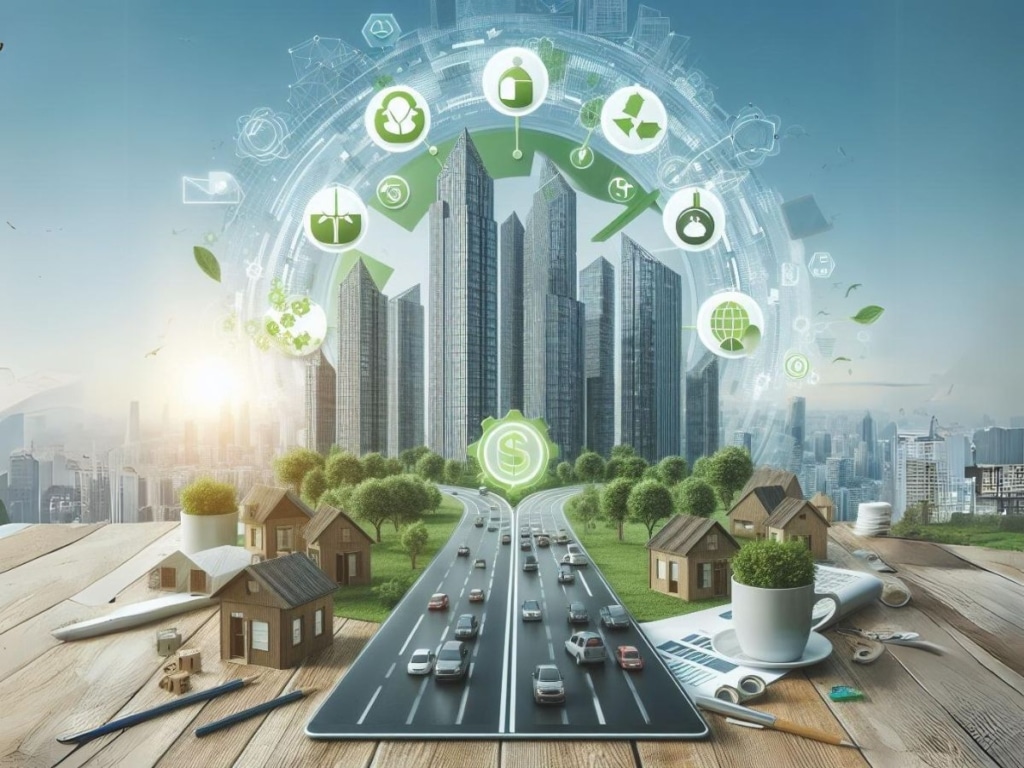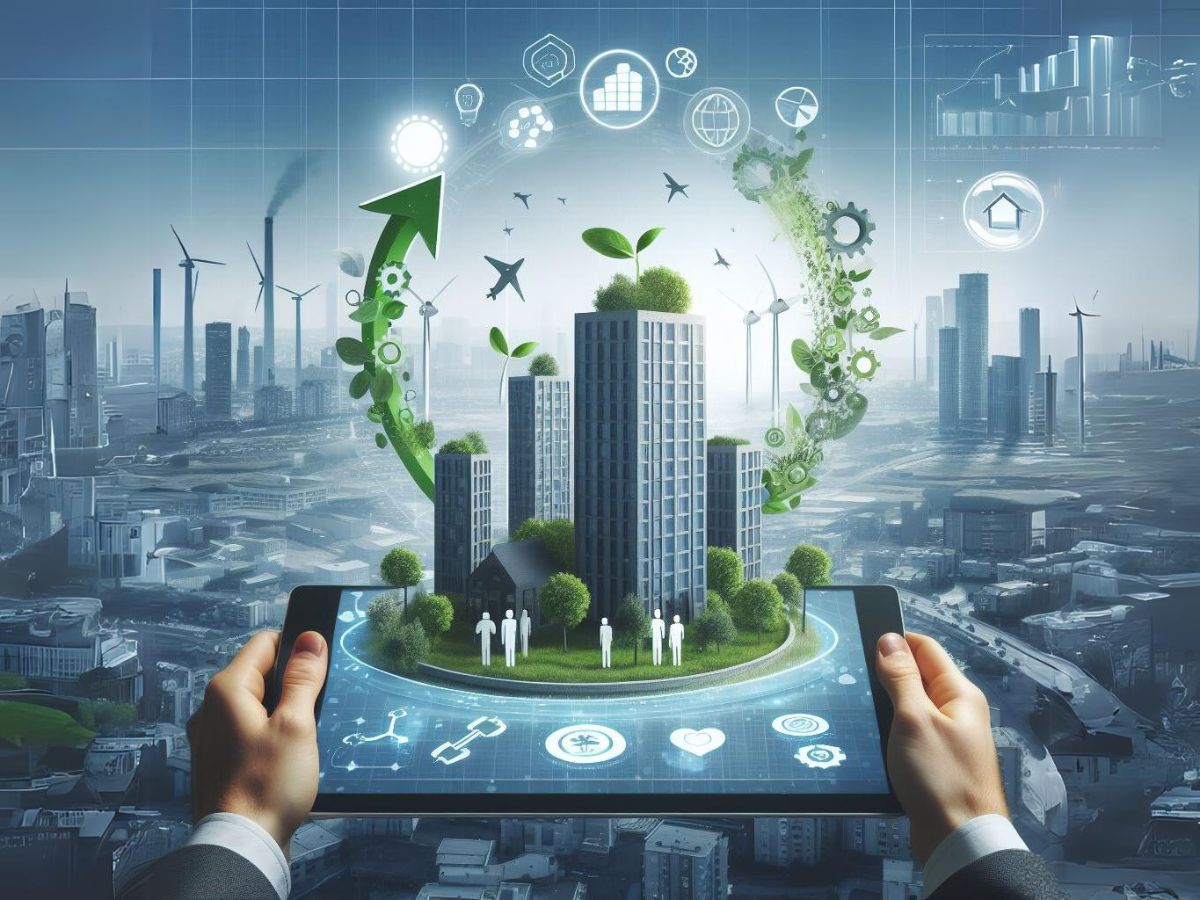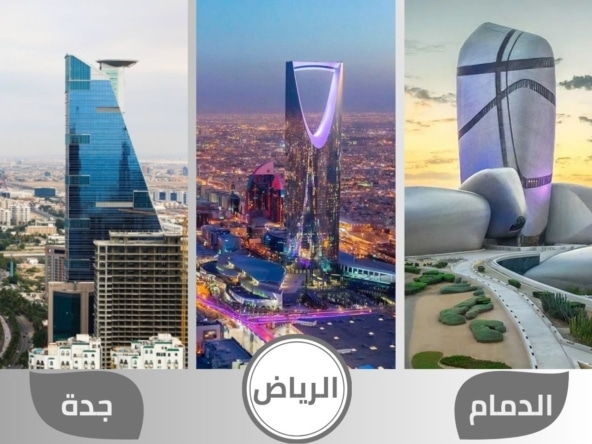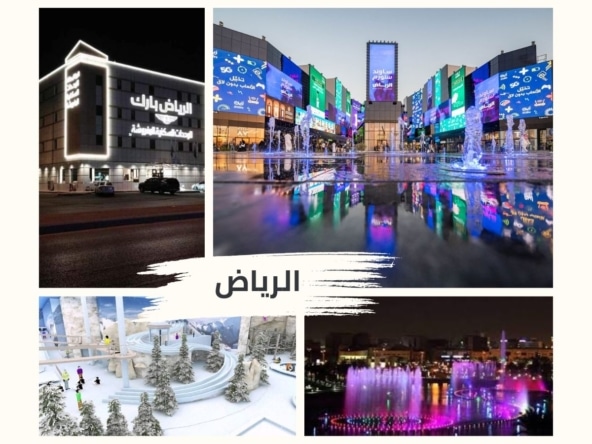In our current era of ever-increasing interest in the environment and sustainable development, the concepts of sustainability and preservation of natural resources have become indispensable, especially in the real estate sector. Sustainability in real estate management is of great importance, as companies and institutions seek to apply sustainability principles in the construction and operation of buildings to preserve the environment and achieve a balance between human needs, environmental and economic needs.
Sustainability vision in real estate management:
1- Achieving environmental efficiency:
Achieving environmental efficiency is an essential part of the sustainability vision in real estate management. By following green building principles and using renewable energy sources, many environmental benefits are achieved, including:
Reduce energy consumption:
By using green building materials and designing buildings in ways that reduce energy loss and improve heat insulation, the energy consumption needed to cool and heat buildings can be reduced.
Reducing harmful emissions:
By adopting renewable energy sources such as solar and wind, dependence on fossil fuels can be reduced and thus harmful emissions of greenhouse gases and atmospheric pollution can be reduced.
Improve air quality:
By designing buildings in ways that allow natural airflow and using effective ventilation systems, indoor air quality can be improved and the buildup of indoor pollutants can be reduced.
Reducing construction waste:
By adopting recycled building materials and reducing construction waste, the environmental impact of construction and infrastructure operations can be reduced.
2- Enhancing economic sustainability:
Promoting economic sustainability represents an essential part of the sustainability vision in real estate management, and includes many important aspects, including:
Investments in green technology:
By investing in green technology applications such as LED lighting systems and smart temperature controllers, energy and resource consumption can be reduced and thus saving operating costs in the long term.
Improving process efficiency:
Improving procedures and adopting effective working methods reduces operational costs and boosts work efficiency, thereby benefiting the economic sustainability of real estate management.
Exploring opportunities to generate additional income sources, such as solar energy generation or leasing empty space to startups, enhances economic sustainability by diversifying income streams for the property.
Financial risk management:
By providing specialized financial advice and periodic analysis of financial performance, real estate management companies can identify potential financial risks and take the necessary measures to reduce them and improve the financial sustainability of real estate projects.
Interaction with the market:
Following developments in the real estate market and effectively responding to changes can enhance economic sustainability by balancing supply and demand and updating strategies according to prevailing conditions.
Learn about the benefits of rent collection software for landlord and tenant: Effective property management support

3- Achieving social sustainability:
Achieving social sustainability is an essential part of the sustainability strategy in real estate management, and includes many important aspects, including:
Promote social interaction:
By organizing community events and providing public spaces for meetings and social activities, these events enhanced communication and interaction between residents of the real estate community, which contributes to building strong relationships and a cohesive community.
Providing a healthy and safe environment:
By implementing occupational safety and health standards and providing security and rescue services, the social well-being of real estate residents has improved, ensuring a comfortable and safe living and working environment.
Promoting diversity and inclusion:
By adopting policies that promote diversity and inclusion and providing equal opportunities to all property residents regardless of gender, race, religion or social background, social justice can be promoted and an equal environment provided for all.
Support mental health and well-being:
Offering mental health and recreational services, along with green spaces and leisure facilities, can enhance the mental well-being of property residents and improve their overall quality of life.
Social Responsibility:
By participating in local community initiatives and activities and providing support to social projects, real estate can play an active role in improving the social conditions of the local community and promoting positive spirit in the area.
Measures to achieve sustainability in buildings:
1- Adopting green designs:
Adopting green designs includes using sustainable building materials that reduce negative environmental impact and enhance sustainability. These building materials include recycled wood, eco-friendly concrete, renewable thermal insulators, organic paints, and highly efficient heating and cooling systems.
In addition, buildings prioritize energy efficiency, integrating features like high-performance windows to reduce heat loss and lower energy consumption for heating and cooling. Green designs also include the use of natural ventilation and natural lighting techniques to reduce the need for artificial lighting and artificial air conditioning. This reduces energy consumption and improves the quality of the environment inside the building.
Furthermore, green designs aim to reduce construction waste by improving construction processes and effectively managing waste. Which contributes to reducing the environmental impact of real estate projects and enhancing environmental sustainability.
2- Improving energy management:
Improving energy management is an essential part of efforts to promote sustainability in buildings. This involves implementing smart control systems to effectively manage energy consumption and enhance its efficiency, achieved through the following steps:
Intelligent control systems:
Installing smart control systems in buildings allows for direct monitoring and analysis of energy consumption. This allows precise control of the building’s heating, ventilation, air conditioning (HVAC) and lighting systems.
Dynamic Load Steering Techniques:
These technologies utilize sensors and smart controls to adjust energy distribution according to building occupancy, thus reducing energy waste.
Switching to renewable energy sources:
Buildings can utilize renewable energy sources like solar and wind energy to generate electricity. This reduces dependence on traditional energy sources and reduces harmful emissions.
Smart energy programming:
It allows intelligent programming systems in buildings to determine the operating periods of appliances and lighting according to actual need. This reduces excess energy consumption during periods of inactivity or non-use.
3- Adopting renewable energy sources:
Incorporating renewable energy sources is pivotal for bolstering sustainability in buildings. This can be accomplished through several key steps, including:
Installation of solar energy systems:
This involves installing solar panels on the roofs of buildings in order to generate electricity from sunlight. This energy can power lighting, heating, and air conditioning systems. So that, it reduces dependence on traditional energy sources and reduces carbon emissions.
Use of wind power generation systems:
Wind power generation devices, when installed on rooftops or in surrounding open areas, harness the wind’s energy to produce electricity. This option is ideal in areas with strong winds.
Use of energy storage systems:
Storage batteries facilitate the storage of energy generated from renewable sources like solar and wind. This enables the storage of energy for times when demand surpasses generation.
4- Improving indoor air quality:
Improving indoor air quality is an essential part of a property management sustainability strategy, and this can be achieved through the following actions:
Use of high-efficiency ventilation systems:
Well-designed, highly efficient ventilation systems should be used to provide a continuous flow of fresh air inside buildings. Energy use is rationalized and indoor air quality is improved through these systems.
Humidity control and ventilation:
Humidity control and ventilation systems help maintain optimal indoor humidity levels, preventing moisture buildup and inhibiting mold and germ growth.
Use of purification techniques:
Air purification systems like purifiers and filtration systems can eliminate harmful particles from the air. This improves indoor air quality and reduces the risk of allergies and diseases.
Use environmentally friendly building materials:
Building materials should be selected that do not cause indoor pollution and mix easily in the air. Which contributes to improving air quality and population health.
5- Achieving sustainability in real estate management:
Achieving sustainability in real estate management requires adopting a set of procedures and policies aimed at reducing environmental impacts and promoting environmental, economic and social sustainability. Among these procedures:
Improve maintenance efficiency:
Implementing periodic and regular maintenance programs is essential for preserving property value, ensuring tenant safety, and preventing costly emergency repairs. Alos, by proactively maintaining properties, landlords can mitigate risks and avoid delays and high expenses associated with sudden repairs.
Managing energy, water and waste use:
Of course, strategies to reduce energy and water consumption and manage waste effectively within buildings must be implemented. This can be done by installing smart control systems and using energy-saving and waste-recycling technologies.
Encouraging the real estate community to contribute to sustainability efforts:
Awareness and education programs must be provided to the population about the importance of sustainability and how to contribute in order to achieve it. This is in addition to encouraging social and environmental initiatives within the real estate community.
Use of green technology:
Green technology such as LED lighting and high-efficiency HVAC systems can be adopted to reduce energy consumption and reduce harmful emissions.
Applying green building standards:
Green building standards should be applied in the design and construction of new buildings. Which not only contributes to reducing the environmental footprint but also improves the quality of life inside buildings.
In short, applying sustainability principles to real estate management shows that it is not just a challenge, but an opportunity for success and excellence. Finally, thanks to companies and organizations’ commitment to sustainability, they can achieve a competitive advantage, meet tenant and community expectations, and contribute to building a better world for future generations. By shifting towards green and sustainable real estate, we can all participate in building a more sustainable and prosperous future for both the environment and society.
You may want to view our properties




